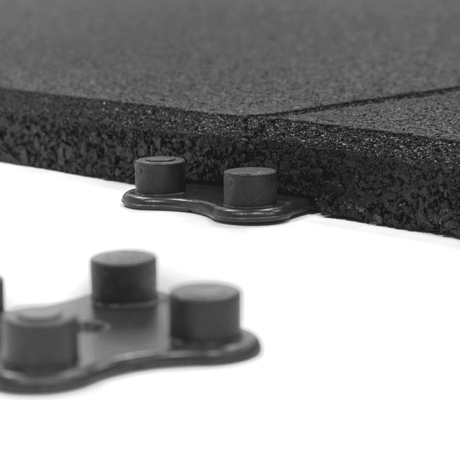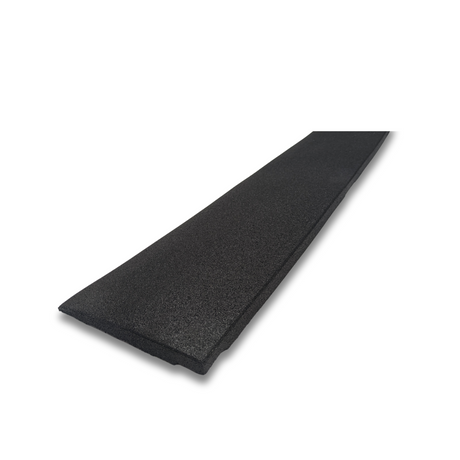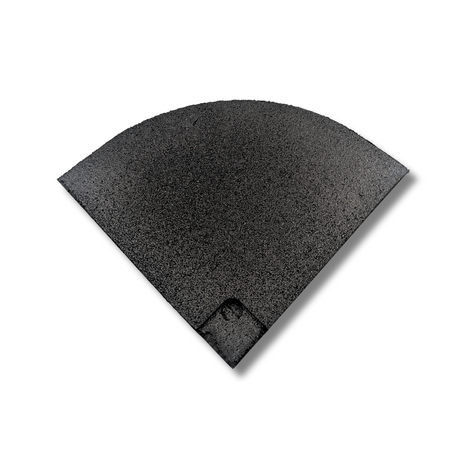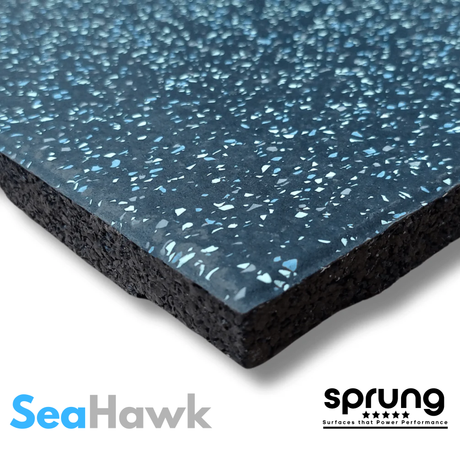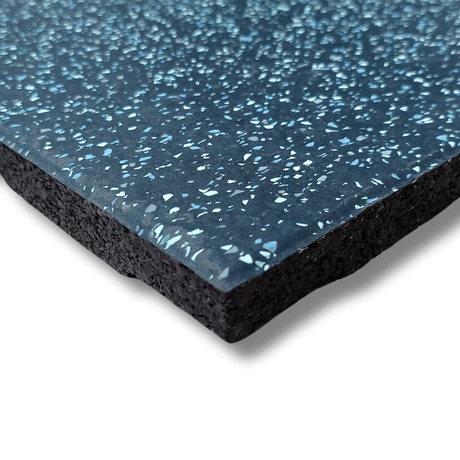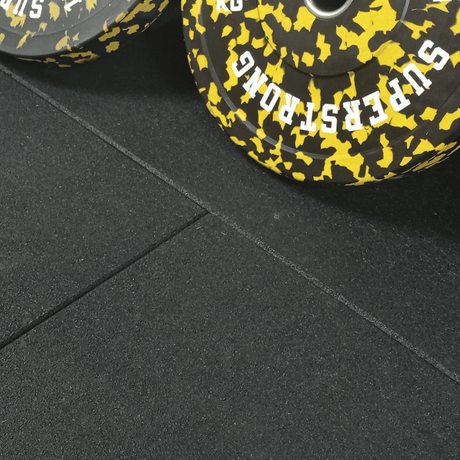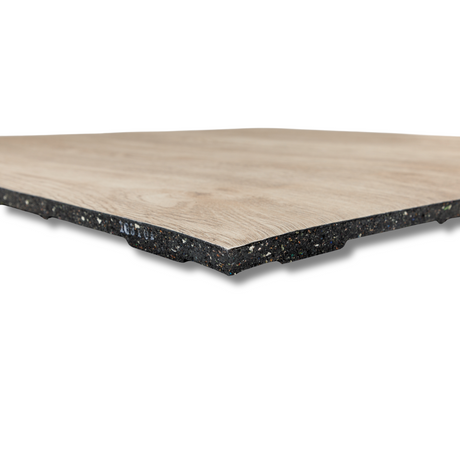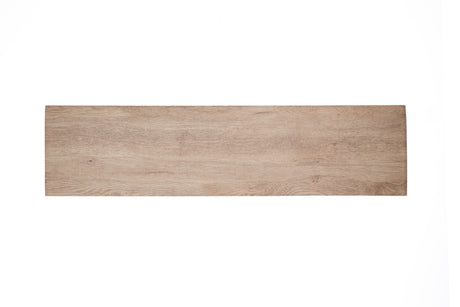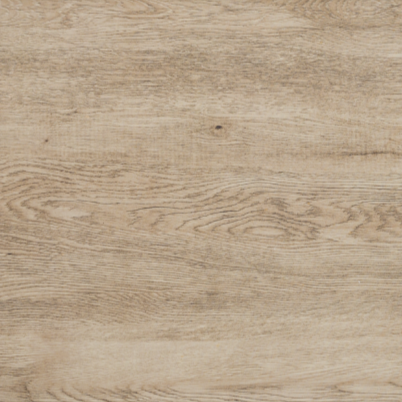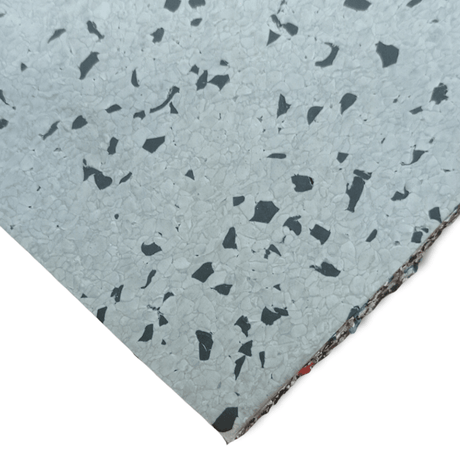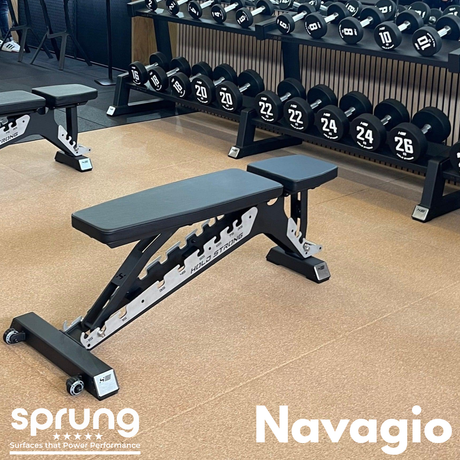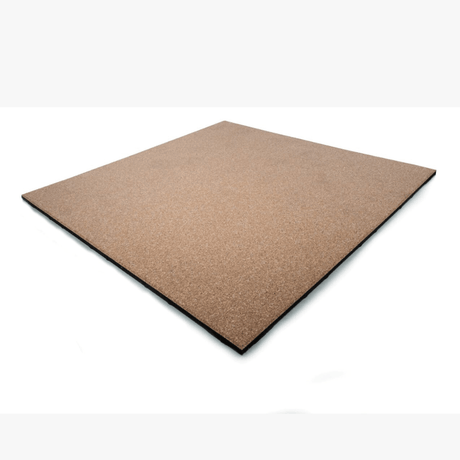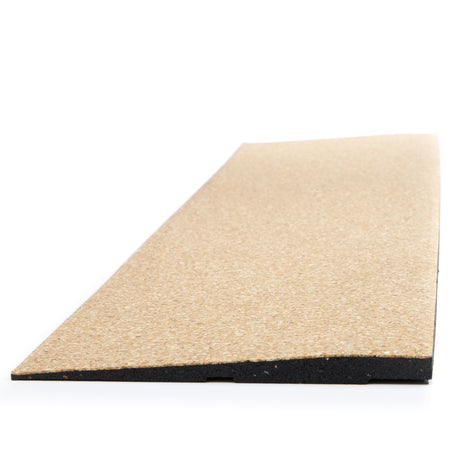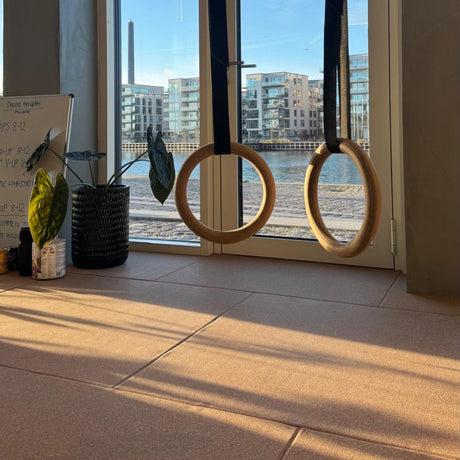Artificial grass, also known as astro turf or fake grass, has changed the way we use outdoor spaces. Whether you want a low maintenance garden or an area for specific sports training, artificial grass offers versatility, durability and a great aesthetic.
In this article we will look at the different types of artificial grass for garden sports and some top tips for picking your perfect match.
Table of Contents
Astroturf for Garden Sports

1. Artificial Putting Greens Turf for Golf
For golfers, having a garden putting green is a dream come true. Putting green turf is designed to mimic the texture and performance of a professional golf course. You can practice your short game all year round, right in your own backyard. The artificial grass is shorter and denser, for a smooth surface for accurate putting.
2. Football Turf
Football or soccer turf is designed to mimic natural grass fields, with good ball roll and bounce. Whether you’re a professional player needing space to practice or a casual player, artificial turf grass gives you a consistent playing surface and high performance. It’s durable enough for regular use and is used in PRO sports clubs as well as educational and community facilities. Football turf comes in 2G and 3G astro turf formats depending on the level and standard played. Shock absorbent pads can be added to the base for better playability and safety.
Football Managers and community workers both commend the durability and added functionality of 3G turf.
“We train on it four times a week and it doesn’t cut up. We made over £100,000 out of it last year, so it’s paid for itself in a year. The authorities need to take a look at it—it’s the future for clubs like ours.”
Sutton United FC
3. Turf for Racket Sports: Tennis and Padel Ball
For racket sports like tennis and padel ball, synthetic grass gives you good shock absorption and ball bounce. The padel court surface is designed to reduce friction, for fast movements and quick direction changes. With artificial grass you can play tennis or padel without having to maintain a natural lawn or deal with muddy patches. The highly durable sports artificial grass is designed to withstand heavy use and protect the users from injury.
4. Turf for Fitness Workouts with Sleds and Tyres
Artificial grass surfaces are also great for PT’s, home gymers and fitness enthusiasts who want to set up a workout area in the garden. The durability of synthetic grass makes it perfect for high intensity workouts like Interval Training, Strength & Conditioning and CrossFit which may include sleds, tyres and other fitness equipment. Investing in an outdoor sled track or sprint tracks not only provides a fitness area, it also provides a fully functional surface for playing, sports and leisure.
Benefits of Artificial Sports Turf in Garden Sports

- Durability: Artificial sports surfaces are designed to withstand heavy use and sports activities without wear and tear.
- Low Maintenance: Unlike natural grass, synthetic grass doesn’t need mowing, watering or fertilising. Perfect for a low maintenance garden that looks great all year round.
- Versatility: Artificial grass can be cut to fit any garden size and shape, for residential and commercial use. Adding extra layers such as shock pad bases under the grass gives extra support and comfort for specific sports like football and athletics.
- Year Round Use: With good quality artificial turf you can play your favourite sports and activities all year round, whatever the weather.
- Cost Effective: Artificial turf reduces the maintenance costs of real grass and is an investment that can be used season after season, maximising your outdoor space.
What Turf Thickness should I Choose?

Summary
Synthetic turf is a versatile and durable solution for sports friendly garden spaces. Whether you’re setting up a putting green for golf practice, an artificial grass pitch for football training or a workout area for fitness routines, there’s an artificial sports turf to support your favourite activities. With low maintenance and year round use, artificial grass is becoming popular among sports clubs, fitness enthusiasts and homeowners alike.
Turn your garden into a sports or fitness playground that can be enjoyed in all seasons - explore our garden sports surfaces for some top choices.
Back to Top







